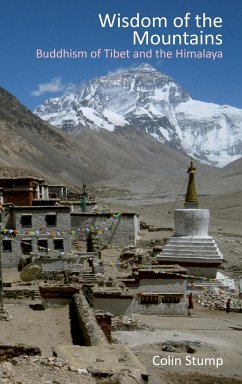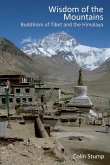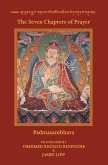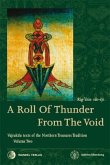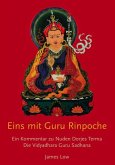A comprehensive guide to the fundamentals of Buddhism, how it specifically evolved in Tibet and the Himalaya, and how it is practised today in Tibet, India, Nepal and Bhutan. This is a good introduction for the general public, and travellers to the region, including the many trekkers who now venture into these parts. The book avoids the overtly religious or academic tone found in some other texts on the subject. It is abundantly illustrated, with over three hundred photographs, annotated images and maps. Written by Colin Stump, who previously managed a global group of adventure travel companies, this book aims to demystify some of the complexities that travellers in the region will see. What are prayers flags for? What do all these angry-looking deities on the temple walls mean? What is tantra? What are the monks trying to achieve when they meditate? Why are there so many different buddhas? Who is the Dalai Lama? The book begins with a straightforward explanation of the basic principles of Buddhism and how the fundamental philosophies evolved into Mahayana, and ultimately the more esoteric form, Vajrayana or Tantric Buddhism, popularly known today as Tibetan Buddhism. Explanation of ritual, practise, and the supporting iconography is given, aided by plentiful colour images, maps, and illustrations. Each of the main traditions of Tibetan Buddhism, Nyingma, Sakya, Kagyü, and Geluk are covered in turn, with some history, and then detail on their specific practises and institutions. Finally, Buddhism as practised in India, now home to many Tibetan refugees, Nepal, Bhutan, and Tibet is covered, bringing the reader right up to date with the challenges facing this fascinating tradition.
Hinweis: Dieser Artikel kann nur an eine deutsche Lieferadresse ausgeliefert werden.
Hinweis: Dieser Artikel kann nur an eine deutsche Lieferadresse ausgeliefert werden.

